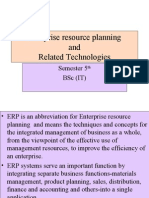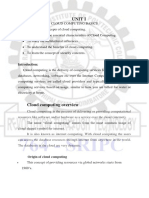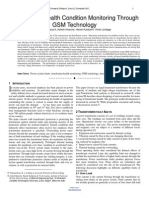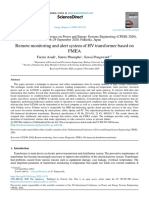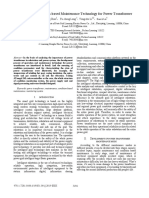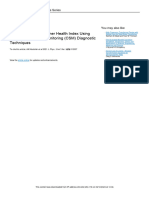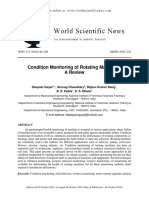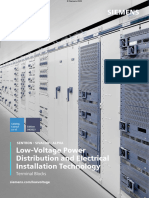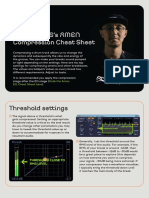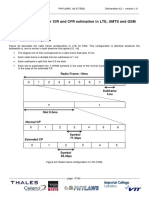0% found this document useful (0 votes)
77 views5 pagesLV Transformer Health Monitoring Using AMI Data
This document proposes using smart meter data to monitor the health of distribution transformers. It presents an algorithm that:
1. Estimates the secondary voltage of each transformer using voltage correlations between meters and transformers or IoT sensors.
2. Formulates a linear regression model for each transformer based on its neighboring transformers' secondary voltages and loads. The model is trained on an initial subset of data assuming no degradation.
3. Computes residuals over time comparing actual and predicted secondary voltages to detect deviations indicating high voltage insulation degradation within a transformer.
Uploaded by
NonaCopyright
© © All Rights Reserved
We take content rights seriously. If you suspect this is your content, claim it here.
Available Formats
Download as PDF, TXT or read online on Scribd
0% found this document useful (0 votes)
77 views5 pagesLV Transformer Health Monitoring Using AMI Data
This document proposes using smart meter data to monitor the health of distribution transformers. It presents an algorithm that:
1. Estimates the secondary voltage of each transformer using voltage correlations between meters and transformers or IoT sensors.
2. Formulates a linear regression model for each transformer based on its neighboring transformers' secondary voltages and loads. The model is trained on an initial subset of data assuming no degradation.
3. Computes residuals over time comparing actual and predicted secondary voltages to detect deviations indicating high voltage insulation degradation within a transformer.
Uploaded by
NonaCopyright
© © All Rights Reserved
We take content rights seriously. If you suspect this is your content, claim it here.
Available Formats
Download as PDF, TXT or read online on Scribd
/ 5
